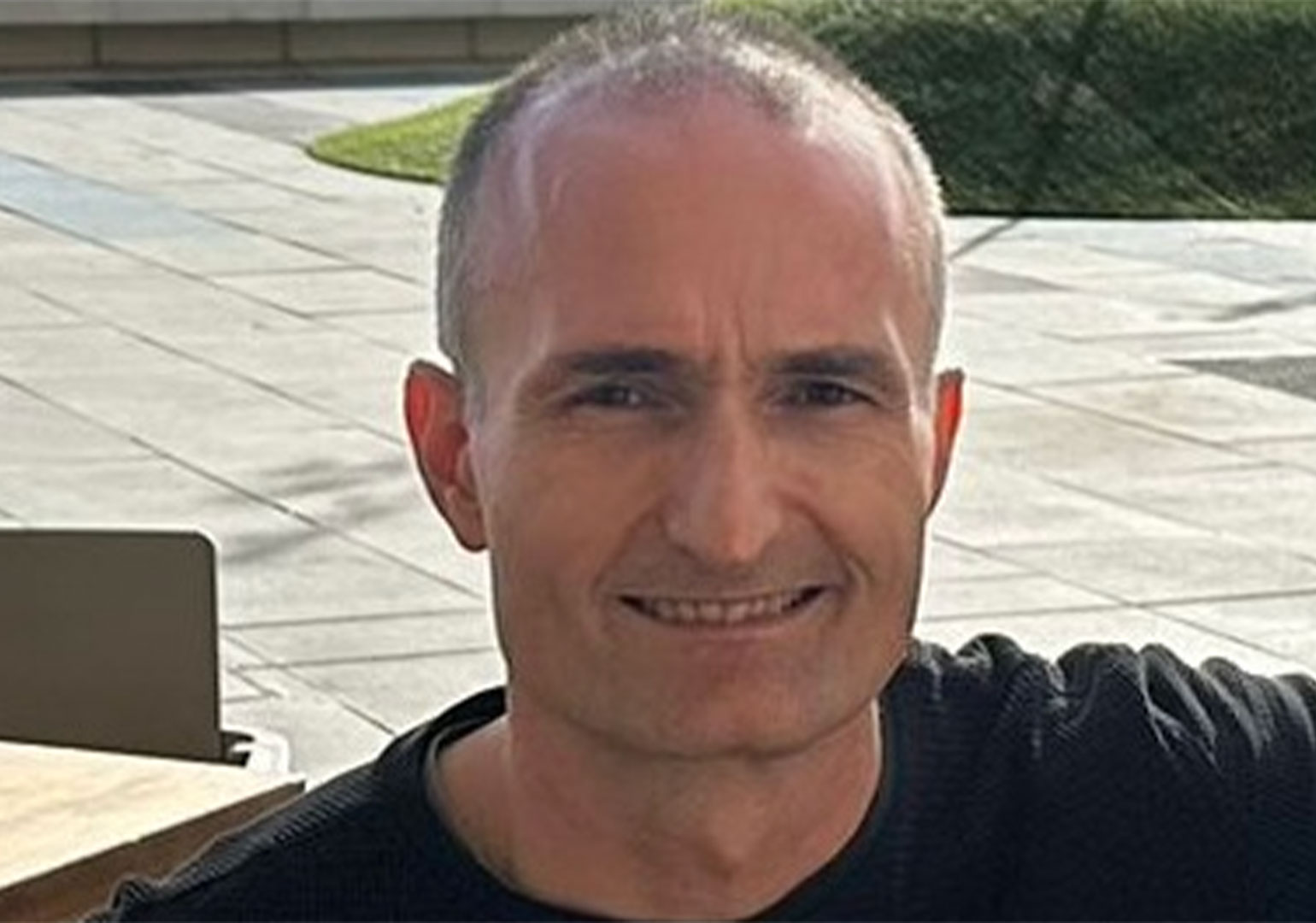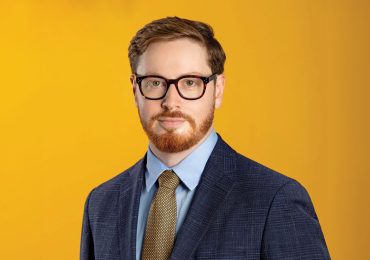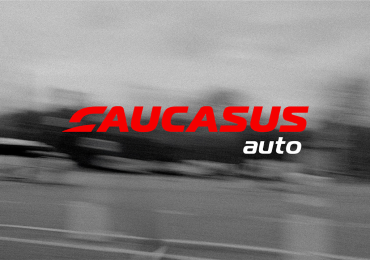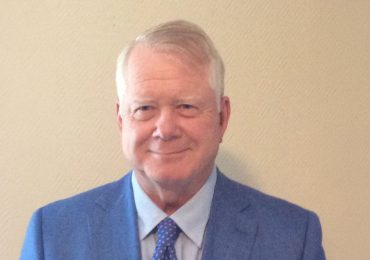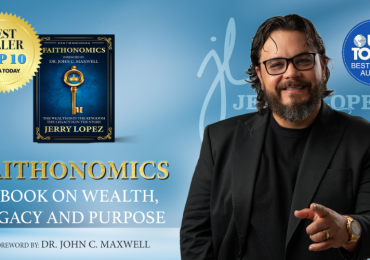Photo Courtesy of Adolfo Gómez Sánchez
Across industries, transformation remains one of the most challenging undertakings for organizations. According to Adolfo Gómez Sánchez, founder of GOLD Results, the problem isn’t just execution—it’s lack of understanding about what real performance improvement requires.
“Seventy to eighty percent of transformations fail,” he says. “And the reason is, companies don’t really understand what drives performance or how teams learn and master new skills and capabilities.”
Gómez Sánchez has spent over 30 years studying high performance, first in elite sports and now in the corporate sector. His company works with professional athletes, multinational corporations, and executive teams to help them implement long-term performance improvement programs based on a structured methodology and behavioral change.
Unrealistic Expectations Are Built Into Most Transformation Plans
One of the central issues Gómez Sánchez identifies is that organizations expect transformational outcomes in timelines that don’t reflect how people and systems actually evolve.
“If you want to be a professional golfer, you know it’s not going to happen in a year,” he says. “But in business, we think we can turn entire organizations around in three, six, or nine months. That’s just naive and leads to frustration..”
Transformations often require major shifts in skills, workflows, and internal mindsets. Yet, the structure for learning inside many companies is shallow. New capabilities are often introduced in brief workshops or one-off training sessions, then expected to take root immediately. According to Gómez Sánchez, this is the equivalent of being taught the theory of ballet and being expected to execute the moves without ever practicing them.
To address this, he emphasizes that companies must create structured time for skill and capability development, not just expect change to occur alongside day-to-day work. “You need practice reps, and immediate feedback from experts to integrate in your execution. That’s how learning actually works.”
Culture Is Treated as a Buzzword, Not an Operating System
Another systemic issue is how companies treat organizational culture. While leaders frequently cite it as a priority, Gómez Sánchez says most don’t know what to do with it.
“Culture can’t be something assigned just to one group. It pervades everything you do,” he says. “But the moment you try to measure it or shape it, people struggle. They think values are like a slogan—something to post on the wall.”
He challenges leaders to evaluate whether their stated values align with actual practices. One example he gives is the concept of trust: many organizations claim to trust their employees, yet continue to micromanage behaviors like time tracking or expense reporting. This disconnect, he argues, erodes authenticity and signals to employees that cultural messaging is not to be taken seriously.
Leadership Resistance Slows Real Change
Transformation efforts often begin with executive sponsorship, but rarely with executive behavioural change. This, Gómez Sánchez argues, is one of the most overlooked barriers to change.
“When CEOs say their organization isn’t performing well, I ask them, ‘What’s your plan to be a better CEO in the next five years?’” he says. “And most of the time, they don’t have an answer.”
Unlike top athletes—who continue to train, refine, and improve even after reaching elite levels—business leaders often stop investing in their own development once they reach the C-suite. Gómez Sánchez sees this as a problem: “You can’t expect people to evolve if leadership won’t.”
Modeling the behaviors required for transformation is more important than slogans or vision statements. He argues that without active participation from leadership, cultural change efforts stall.
Execution Fails Without Psychological Safety and Practice
Companies are structured around competence. People are hired to do what they already know. But transformation requires people to do things they are not yet good at, which introduces the possibility of failure—something most organizations don’t tolerate well.
Gómez Sánchez draws a distinction between how athletes train and how professionals work. “Athletes spend 80–90% of their time working on what they need to improve,” he explains. “In business, people spend almost all their time doing what they already know how to do.”
Because of this, he believes transformation must include psychologically safe environments where failure is treated as a necessary part of the learning process—not a career risk.
He also notes that feedback is underutilized in most corporate settings. “Great athletes love feedback. They search for it. But in companies, people take it as criticism. That has to change.”
A System That Works Across Sports and Business
GOLD Results, the company Gómez Sánchez founded and leads, applies a structured framework based on three core blocks: Mindset, Maps, and Mojo. These represent the psychological readiness for change, the long-term planning and development of foundational skills, and the discipline of execution, respectively.
This methodology is designed to break performance into parts, optimize them individually, and integrate them back into the organization in a sustainable way. Rather than rely on theory alone, Gómez Sánchez emphasizes practice and behavioral modeling as essential ingredients.
Clients include executives from large multinationals and professional athletes, many of whom have faced stalled efforts before turning to GOLD. “One CEO told me, ‘I’ve tried this twice, and this time I need it to work,’” Gómez Sánchez recalls. “That’s one of the things that sets us apart—we make things work.”


